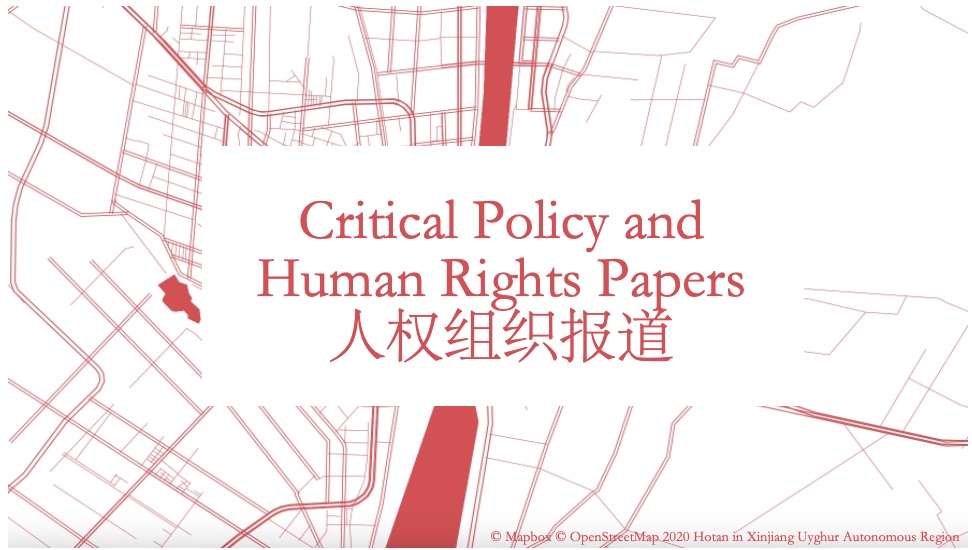
Introduction
This section contains reports and publications from the US Government, the Uyghur Human Rights Project (UHRP), think tanks, NGOs, and other organizations that are critical of the treatment of minorities in Xinjiang.
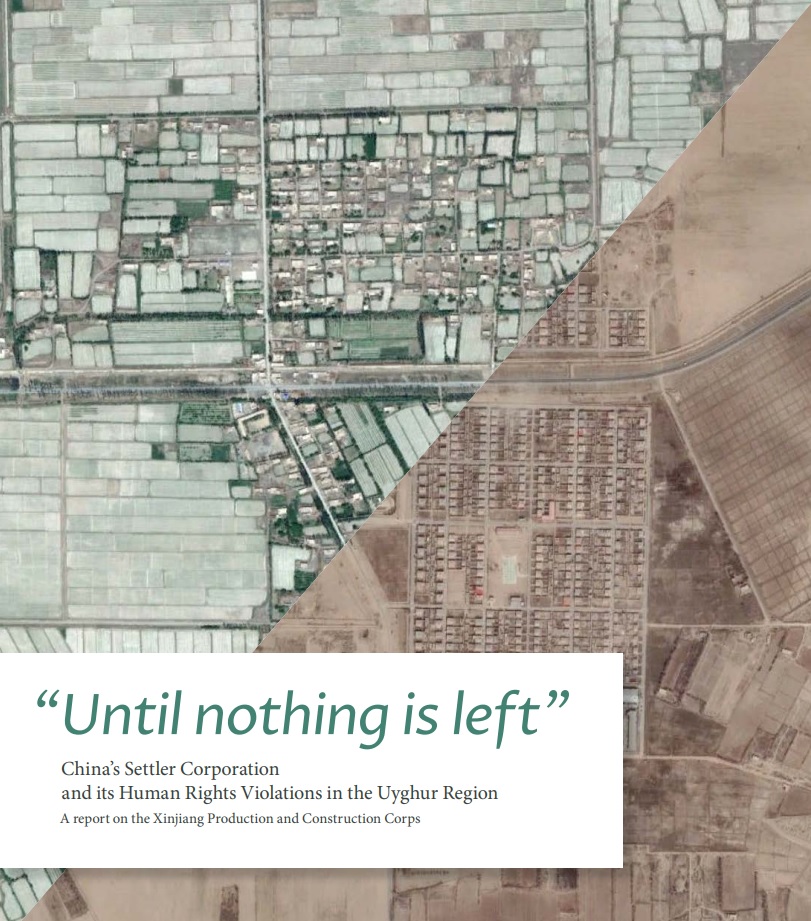 |
Laura T. Murphy, Nyrola Elimä, and David Tobin, Helena Kennedy Centre for International Justice at Sheffield Hallam University, July 2022Until Nothing is Left: China’s Settler Corporation and its Human Rights Violations in the Uyghur RegionThis report describes the relationship between the Xinjiang Production and Construction Corps (XPCC) and the state, as well as its complex role in the governance of Xinjiang. The authors argue that because the XPCC integrates government, military, and enterprise functions, it is responsible for carrying out the state’s colonial agenda in the region. The report charges that the XPCC is involved in practices such as extrajudicial detainment, forced migration and labour, and social engineering, and it traces the organization’s history, documents its responsibility for the oppression of Uyghurs and other Muslim minorities, and charts the relationship between XPCC enterprises and warehouses and logistics companies throughout the rest of China. |
 |
Laura T. Murphy, Nyrola Elimä, and Jim Vallette, Helena Kennedy Centre for International Justice at Sheffield Hallam University and Material Research, June 2022Built on Repression: PVC Building Materials’ Reliance on Labor and Environmental Abuses in the Uyghur RegionThis report examines the production of PVC (polyvinyl chloride), a versatile plastic used in materials as diverse as pipes, doors, and food packaging, in Xinjiang, as well as its distribution to companies throughout the world. The authors note that the PRC now accounts for 10% of the world’s supply, and that the two largest manufacturers rely on “surplus laborers” in Xinjiang and carry out ideological and vocational training of the region’s rural population. They also argue that these Xinjiang-based plants are particularly hazardous to the environment because they rely on dirty coal and produce an enormous amount of air emissions.The report also includes an interactive map featuring information about PVC manufactures, factories, investors, and distributors, allowing readers to visualize the degree to which Uyghur forced labor intersects with networks of global capital and our daily lives. |
 |
Vicky Xuizhong Xu, Dr. James Leibold, & Daria Impiombato, Australian Strategic Policy Institute, October 2021The Architecture of Repression: Unpacking Xinjiang’s GovernanceThis report takes a close look at the administrative apparatus responsible for implementing and overseeing recent policies in Xinjiang, including detention, surveillance, and prohibitions on cultural and religious expression. It examines mass campaigns, the arbitrary application of the law, and the backgrounds of figures at the forefront of governance, concluding that very few government bodies at the provincial, municipal, or village level are not complicit in targeting Xinjiang’s Turkic populations. Also included in this project is an interactive chart that traces the hierarchical relationships between different organizations. |
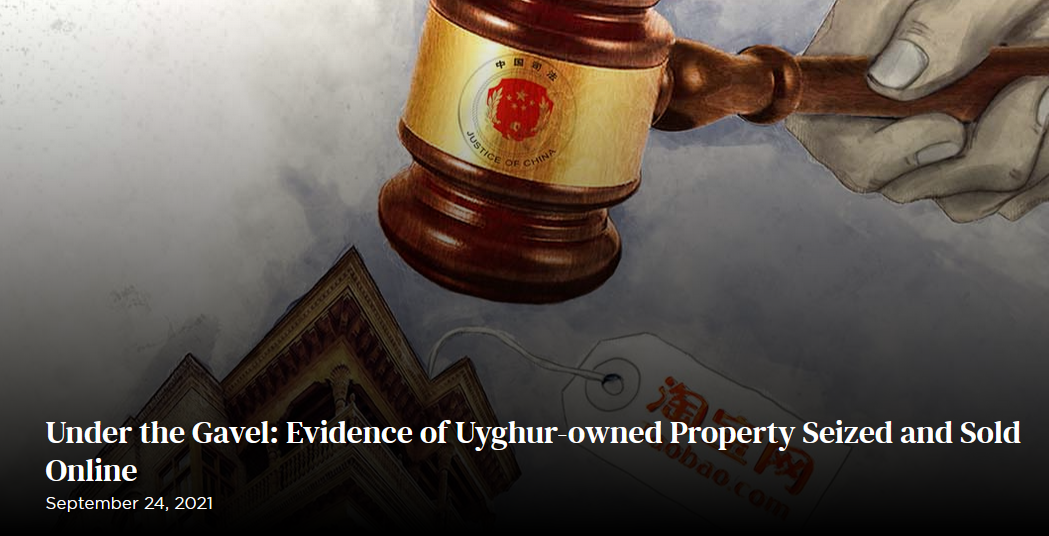 |
Uyghur Human Rights Project, September 2021Under the Gavel: Evidence of Uyghur-owned Property Seized and Sold OnlineThis Uyghur Human Rights Project report draws from several case studies of Uyghur businessmen charged with and imprisoned for “terrorism” to demonstrate that the Chinese state has targeted social elites as part of its broader approach to governance in Xinjiang. The report argues that because these businessmen generally held power independent of the Party and had influence over Uyghur communities, their imprisonment, often without due process, is part of the state’s plan to secure influence in the region. Moreover, the report illustrates how these arrests were followed by the confiscation of their and their family’s property, which is sold in judicial auctions online. |
 |
Adrian Zenz, The Jamestown Foundation, September 2021Evidence of the Chinese Central Government’s Knowledge of and Involvement in Xinjiang’s Re-Education Internment CampaignIn this report, Adrien Zenz argues that members of China’s central government may be more culpable for the development of the region’s program of detainment and reeducation than previously established. While news reports and international human rights organizations have typically positioned Chen Quanguo, who has served as Party Secretary of Xinjiang since 2016, as the architect of these policies, the participation of government bodies affiliated with the Politburo Standing Committee in their creation and implementation indicate a much closer relationship between China’s central government and recent developments in the region. |
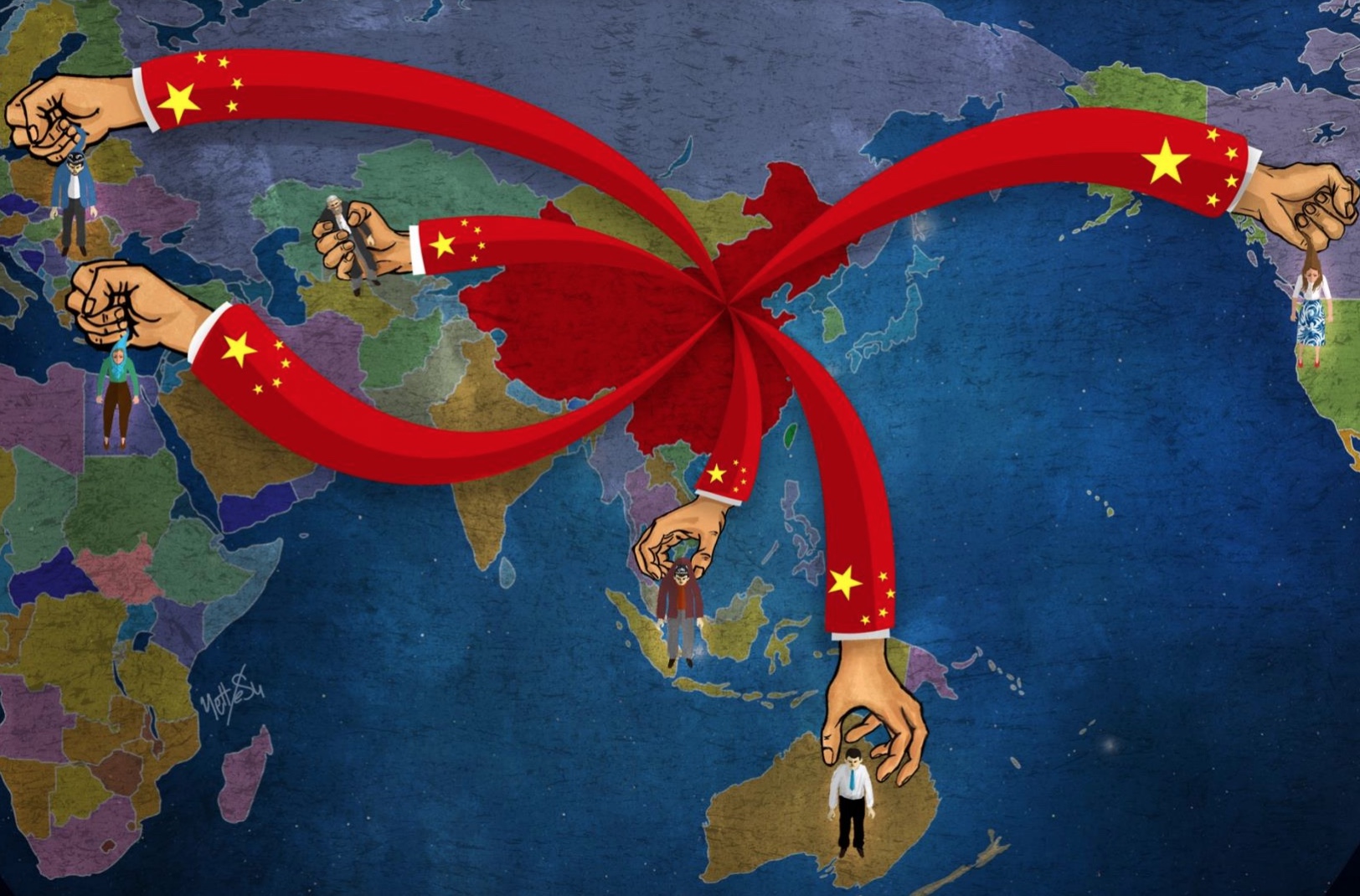 |
Uyghur Human Rights Project, June 2021No Space Left to Run: China’s Transnational Repression of UyghursThis 2021 report from The Oxus Society for Central Asian Affairs uses a dataset tracking 1,546 cases of detention and deportation of Uyghurs on foreign soil from 1997 until March 2021 to illustrate Beijing’s evolving and expanding agency to control and limit the autonomy of Uyghurs abroad. The report presents the legal and social mechanisms of transnational repression in use by Beijing’s security apparatus, including the use of diaspora spies and informants, extradition treaties, and multilateral organizations, such as Interpol. The report also presents the growth of Beijing’s sphere of influence of repressing Uyghurs abroad, starting from targeting Uyghurs in Central Asia and its border neighbors in 1991 to targeting those in more distant nations in the present, such as Italy, Saudi Arabia, and Egypt. |
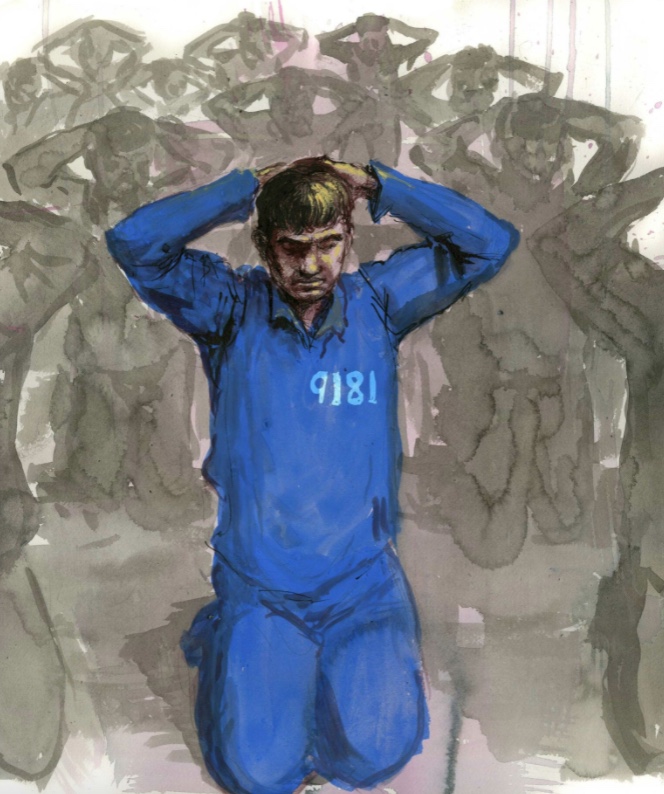 |
Amnesty International, June 2021“Like we were enemies in a war”: China’s Mass Internment, Torture and Persecution of Muslims in XinjiangThis comprehensive report presents the findings of an investigation into the extrajudicial detention of Muslims in Xinjiang that Amnesty International carried out between late 2019 and 2021. Drawing from over 100 interviews and a diverse array of documents and reports, it features profiles of current detainees and guides readers through many aspects of the present crisis. Chapters cover the systematic cultural repression that characterizes everyday life for Xinjiang’s Muslims, the arbitrary process by which people were detained, and what happened once they entered the camps. The report concludes that the state has committed crimes against humanity and puts forth recommendations for the government of China, the United Nations, and the international community. |
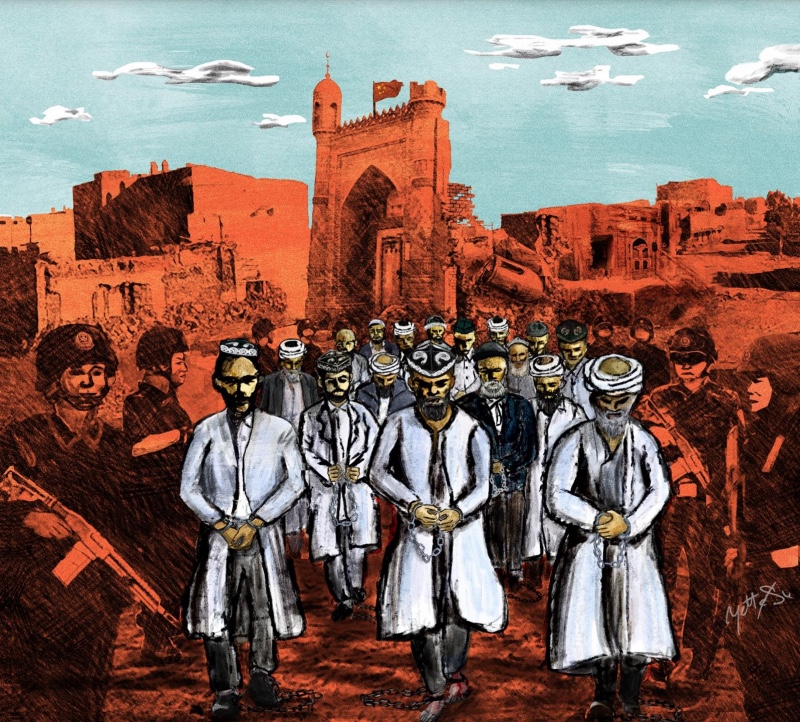 |
Uyghur Human Rights Project, May 2021Islam Dispossessed: China’s Persecution of Uyghur Imams and Religious FiguresThis 2021 report from Uyghur Human Rights Project illustrates the many cases of Uyghur and Turkic religious leaders and intellectuals being criminalized and subject to abuse by the Chinese government. The dataset compiled and demonstrated in this report also tracks the state-led campaign to substantially modify or destroy religious and cultural sites in Xinjiang, including mosques, shrines, and cemeteries. |
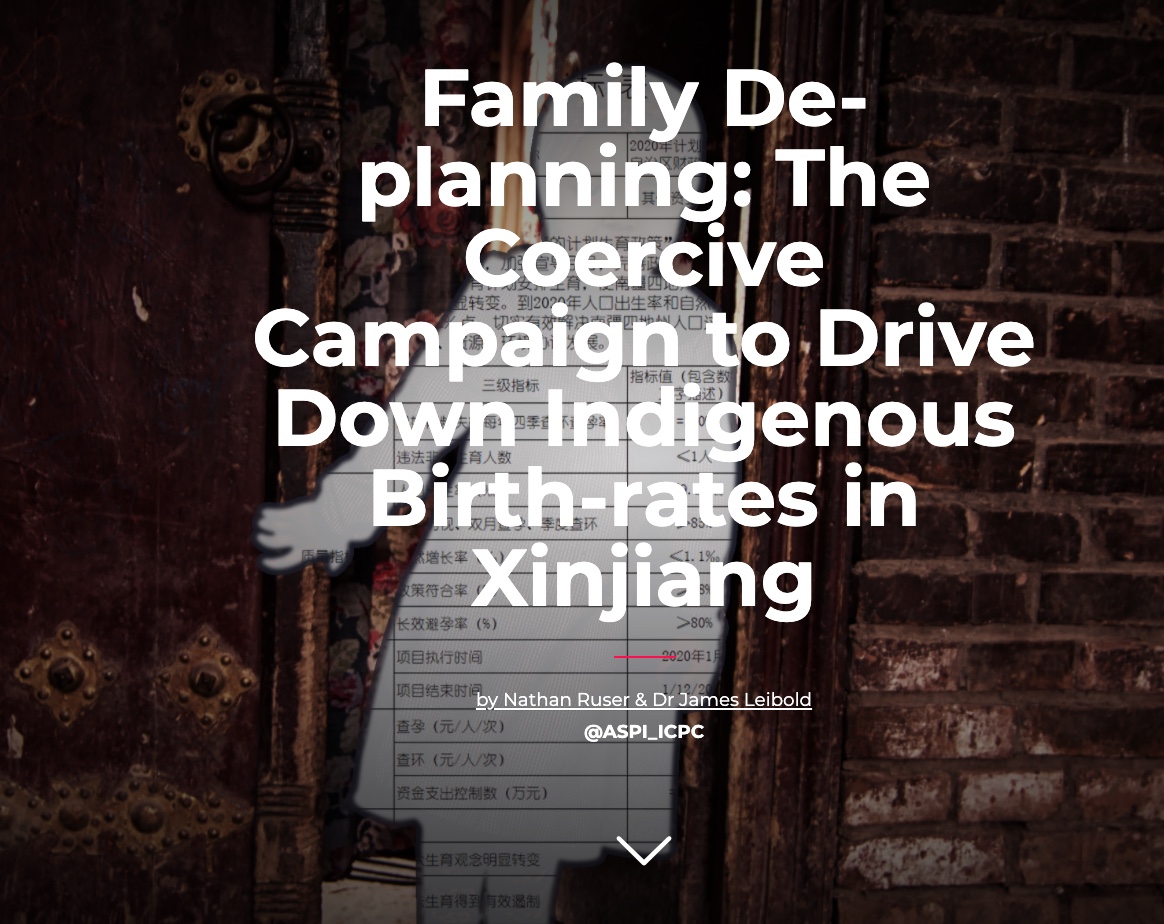 |
Nathan Ruser & Dr. James Leibold, Australian Strategic Policy Institute, May 2021Family De-planning: The Coercive Campaign to Drive Down Indigenous Birth-rates in XinjiangUsing the Chinese government’s own publicly available statistics, this 2021 report from the Australian Strategic Policy Institute tracks the effectiveness of the systematic efforts of reducing the Indigenous population of Xinjiang through coercive birth-control policies. Since the start of the crackdown in 2017, birth rates across the region had dropped at an unprecedented and precipitous pace, declining by nearly half in the two following years. |
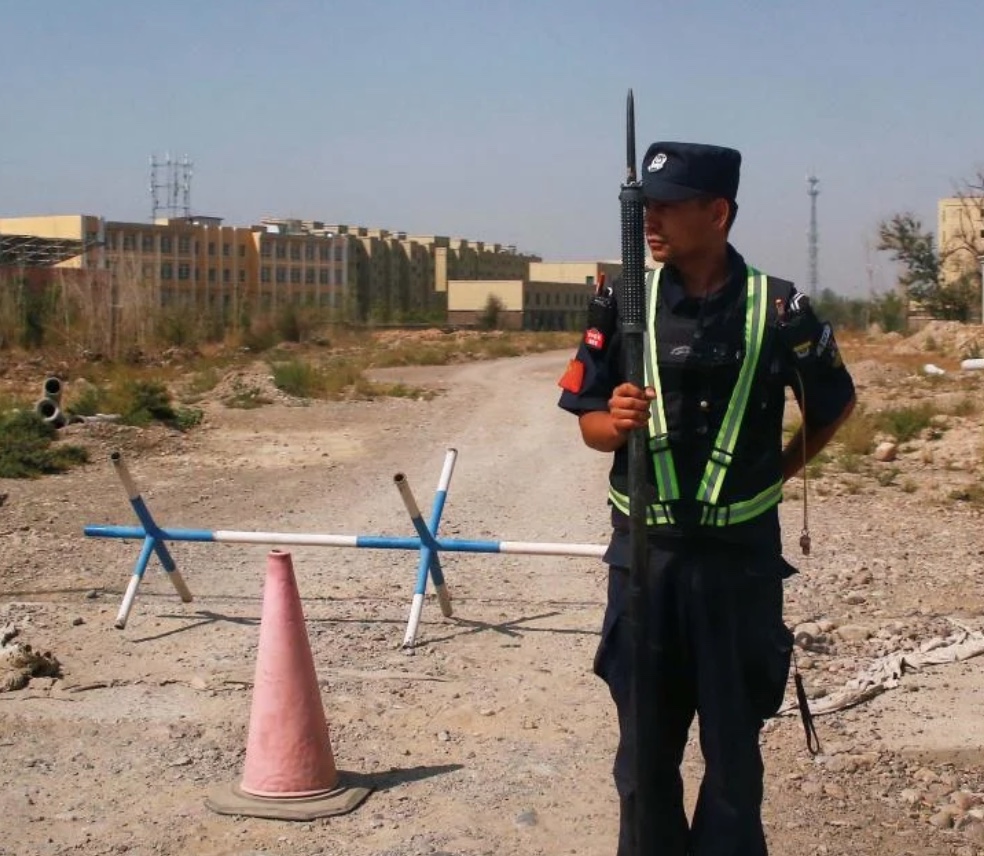 |
Human Rights Watch, April 2021“Break Their Lineage, Break Their Roots”: China’s Crimes against Humanity Targeting Uyghurs and Other Turkic MuslimsThis report argues that the policies and practices implemented by the state as part of its “Strike Hard Campaign against Violent Terrorism” constitute crimes against humanity as defined by the Rome Statute of the International Criminal Court. Evidence includes arbitrary detention, torture, mass surveillance, cultural erasure, family separation, forced labour, and sexual violence and violations of reproductive rights. |
 |
Adrian Zenz, The Jamestown Foundation, March 2021Coercive Labor and Forced Displacement in Xinjiang’s Cross-Regional Labor Transfer ProgramIn this 2021 report from the Jamestown Foundation, Dr. Adrian Zens, a scholar on Chinese government’s policies in Tibet and Xinjiang, illustrates that Xinjiang’s labor transfers to other provinces in China comply with the definition of forced labor as described by the International Labor Organization. He uses the latest evidence from Chinese sources, notably previously untranslated documents such as the “Nankai Report” to make this assertion. |
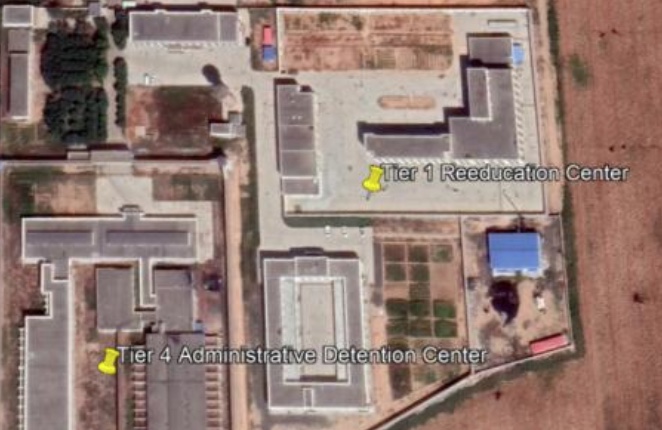 |
Eric Robinson and Sean Mann, National Geospatial-Intelligence Agency Tearline and RAND, February 2021Part 1: Investigating the Growth of Detention Facilities in Xinjiang Using Nighttime LightingPart 2: Have Any of Xinjiang’s Detention Facilities Closed?Part 3: Explaining Variation in the Growth and Decline of Detention Facilities across XinjiangThis three-part series utilizes nighttime lighting and satellite imagery data to analyze the growth and proliferation of detention facilities across Xinjiang from 2016 through 2019. By measuring electricity consumption in specific locations and changes in nighttime lighting over time, researchers present evidence to support claims of large-scale construction of newly built or expanded detention facilities. |
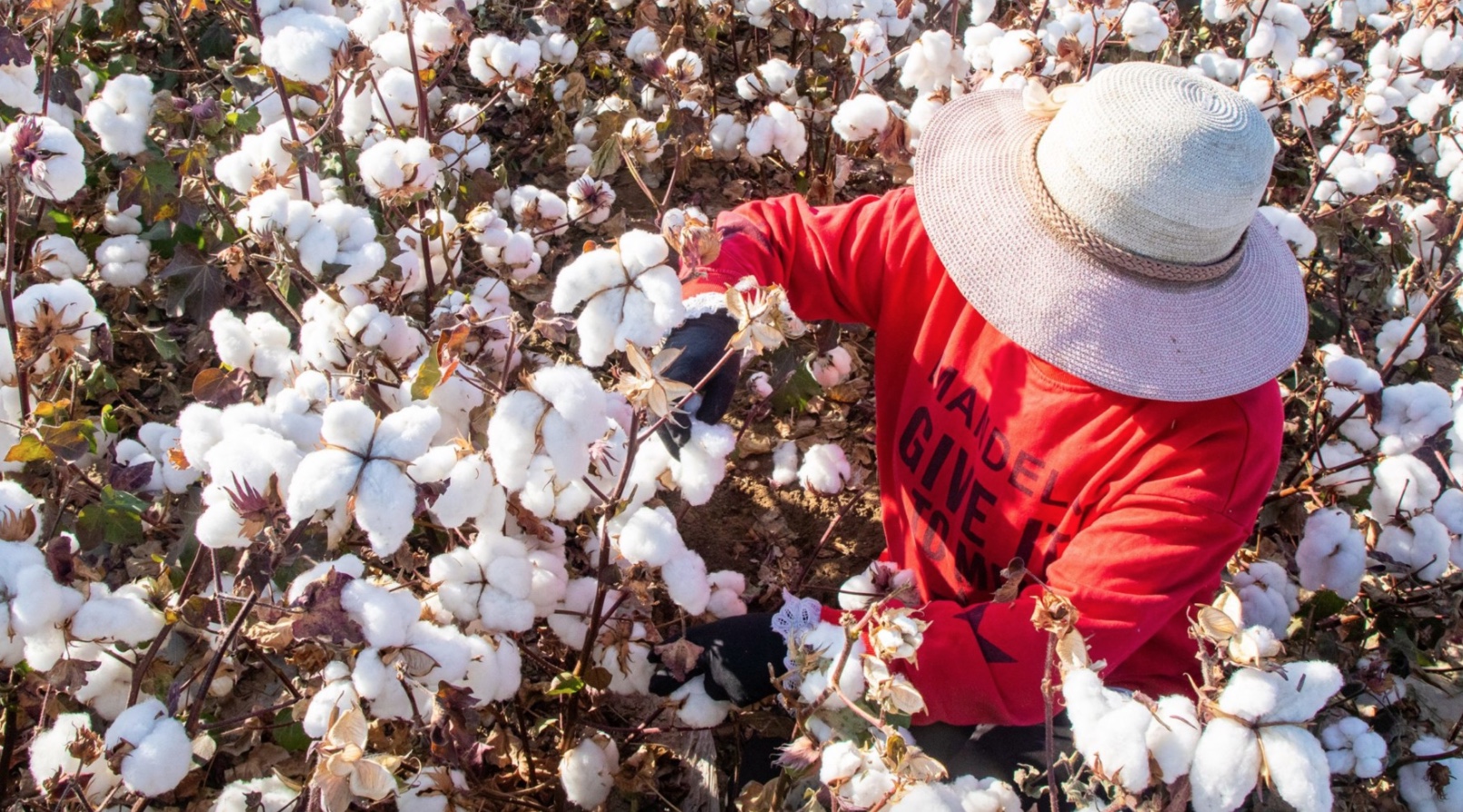 |
Adrian Zenz, Center for Global Policy, December 2020Coercive Labor in Xinjiang: Labor Transfer and the Mobilization of Ethnic Minorities to Pick CottonZenz outlines the importance of cotton production to the Chinese economy while highlighting that 80% of all cotton production in China comes from Xinjiang. He explores the implications of this vital resource on forced labour practices, specifically targetting Turkic Muslim groups. The report emphasizes this justification of mistreatment of workers as part of a larger push to eradicate poverty in China, which falls in line with the September 2020 PRC White Paper “Employment and Labor Rights in Xinjiang“. Zenz discusses the global response to these findings and implications on private industries that rely on cotton from this region. |
 |
Katherine Pfrommer and Ed Burke, National Geospatial-Intelligence Agency Tearline and RAND, July 2020Part 1: Geolocating Explosive Growth in Preschools in Western China due to ‘re-education’ PoliciesPart 2: Geolocating Growth of Suspect “Boarding” Facilities in Xinjiang ChinaPart 3: More “Boarding” Facilities Geolocated in Southern XinjiangThis sophisticated three-part series uses geospatial technology to locate and track the construction of mass internment camps in southern Xinjiang, providing material proof and a construction timeline of up to 55 facilities to house detainees over the last few years. |
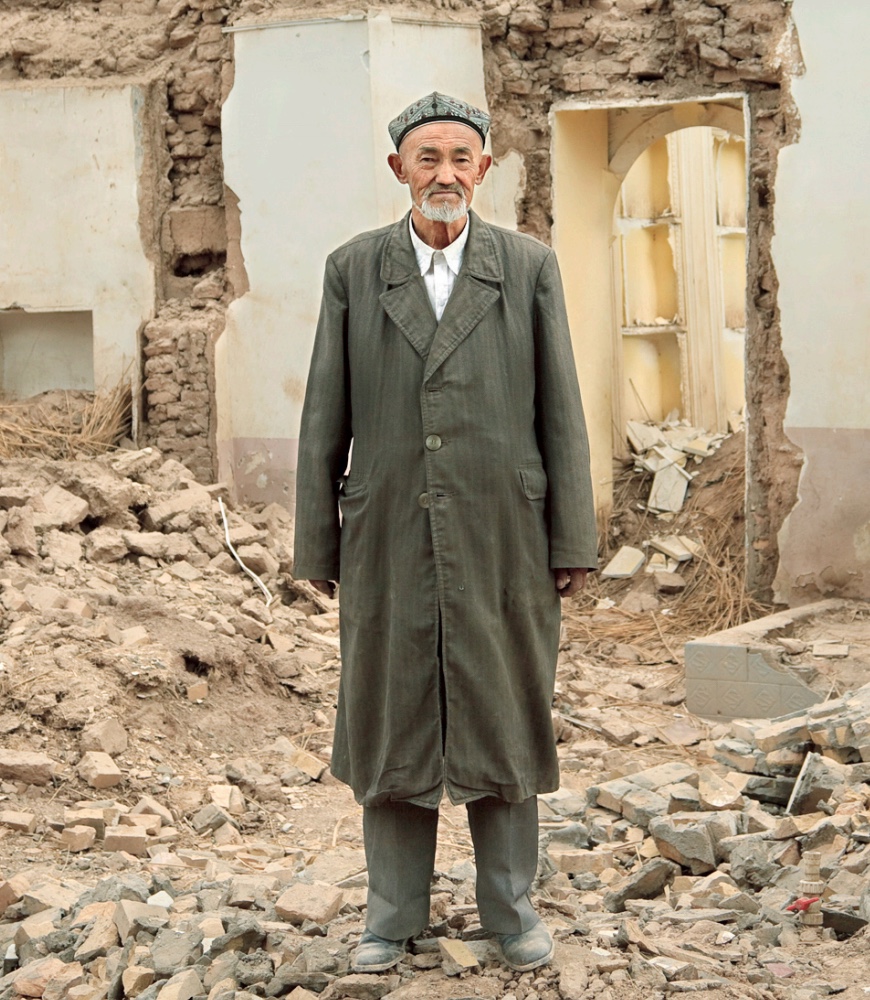 |
William Drexel, Uyghur Human Rights Project, June 2020Kashgar Coerced: Forced Reconstruction, Exploitation, and Surveillance in the Cradle of Uyghur CultureThis report from the Uyghur Human Rights Project shows how Kashgar, a pivotal city to Uyghur culture and history has become a model of the Chinese ‘smart city,’ which contains the relevant infrastructure and technologies for Chinese ethnic repression. |
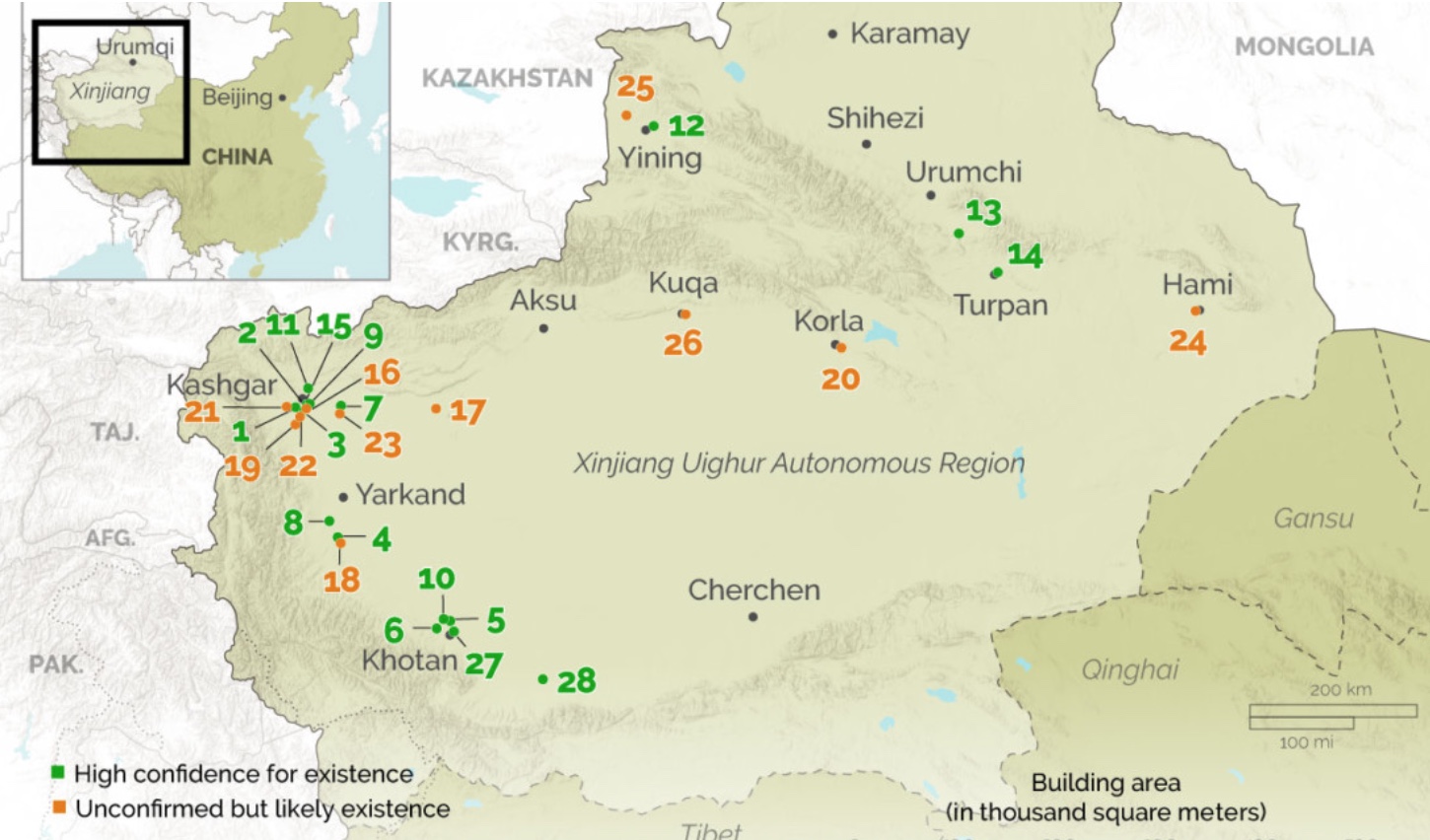 |
Center for Global Policy, June 2020The Global Implications of “Re-education” Technologies in Northwest ChinaThis analysis focuses on the technological dimension of repression and control in Xinjiang. The widespread use of facial recognition technology, the mass construction of internment camps, the ranking of trustworthiness of citizens are some examples of how technology evolved to advance the subjugation of Uyghurs and Muslims in Xinjiang. |
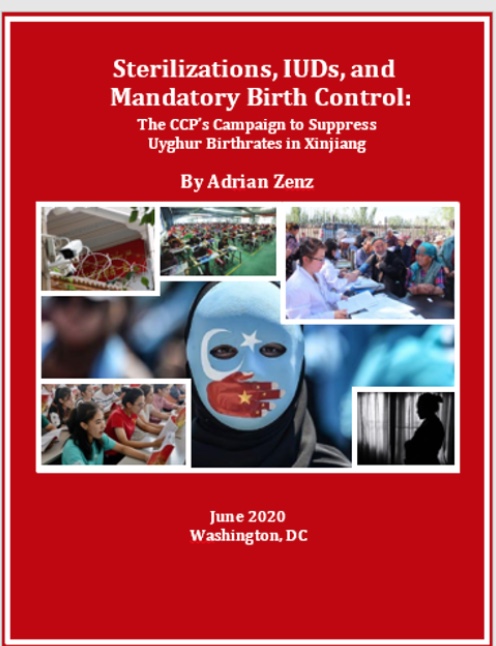 |
Adrian Zenz, The Jamestown Foundation, June 2020Sterilizations, IUDs, and Mandatory Birth Control: The CCP’s Campaign to Suppress Uyghur Birthrates in XinjiangThis detailed report by Adrian Zenz documents the implementation of state policy in Xinjiang that aims to suppress birth rate among Uyghurs and other ethnic minorities. The use of sterilization and mandatory birth control appears to be a policy sanctioned by the highest level of government in China and meets the international definition of genocide. |
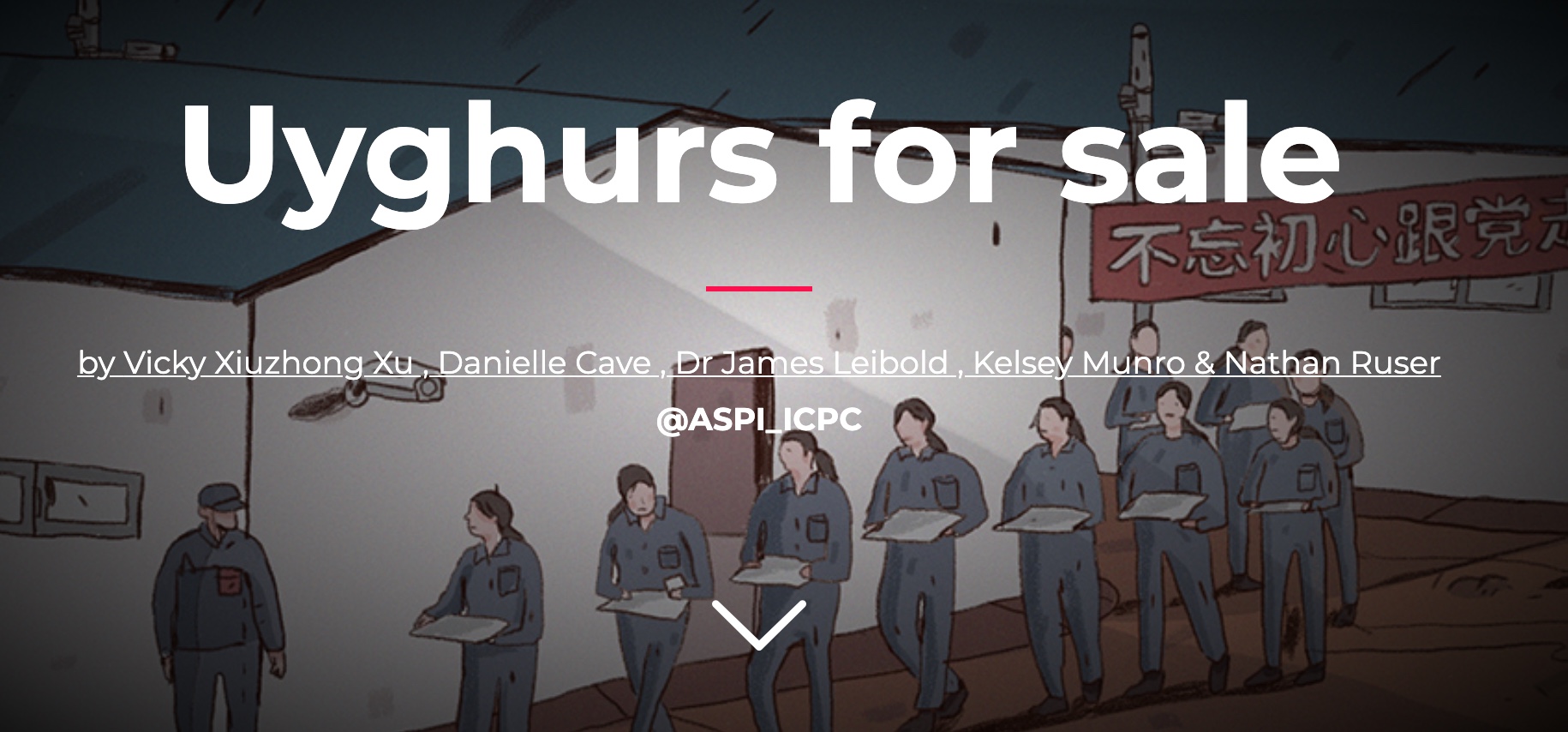 |
Australian Strategic Policy Institute, March 2020‘Re-education’, Forced Labour and Surveillance beyond XinjiangThis report published by the Australian Strategic Policy Institute (ASPI) highlights the systematic forced labour, surveillance, and re-education camps in Xinjiang and beyond. |
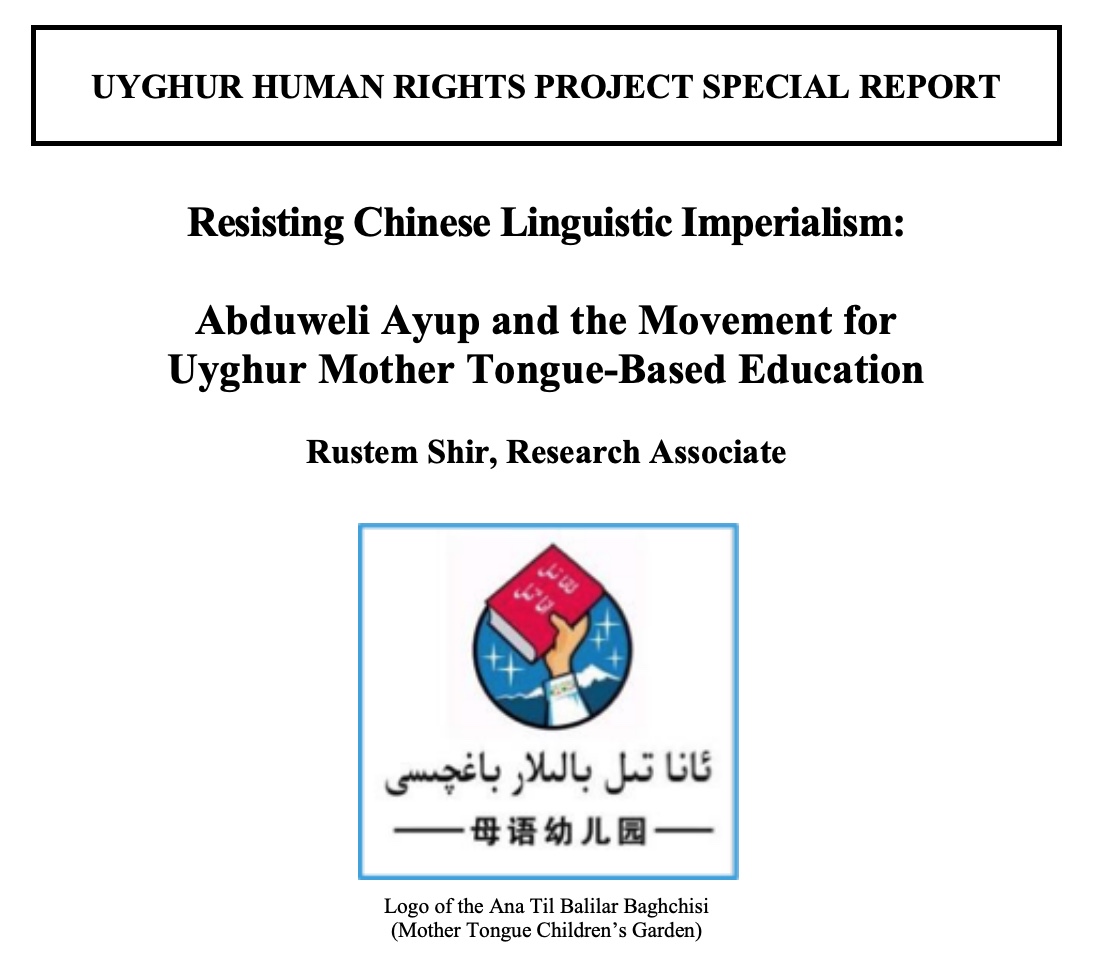 |
Rustem Shir, Uyghur Human Rights Project, May 2019Resisting Chinese Linguistic ImperialismThis report gives an overview of the evolution and design of the restrictions on language in Xinjiang. |
 |
Human Rights Watch, 2019China’s Algorithms of RepressionThis report provides a detailed description of “a mobile app that police and other officials use to communicate with the Integrated Joint Operations Platform (IJOP, 一体化联合作战平台), one of the main systems Chinese authorities use for mass surveillance in Xinjiang.” |
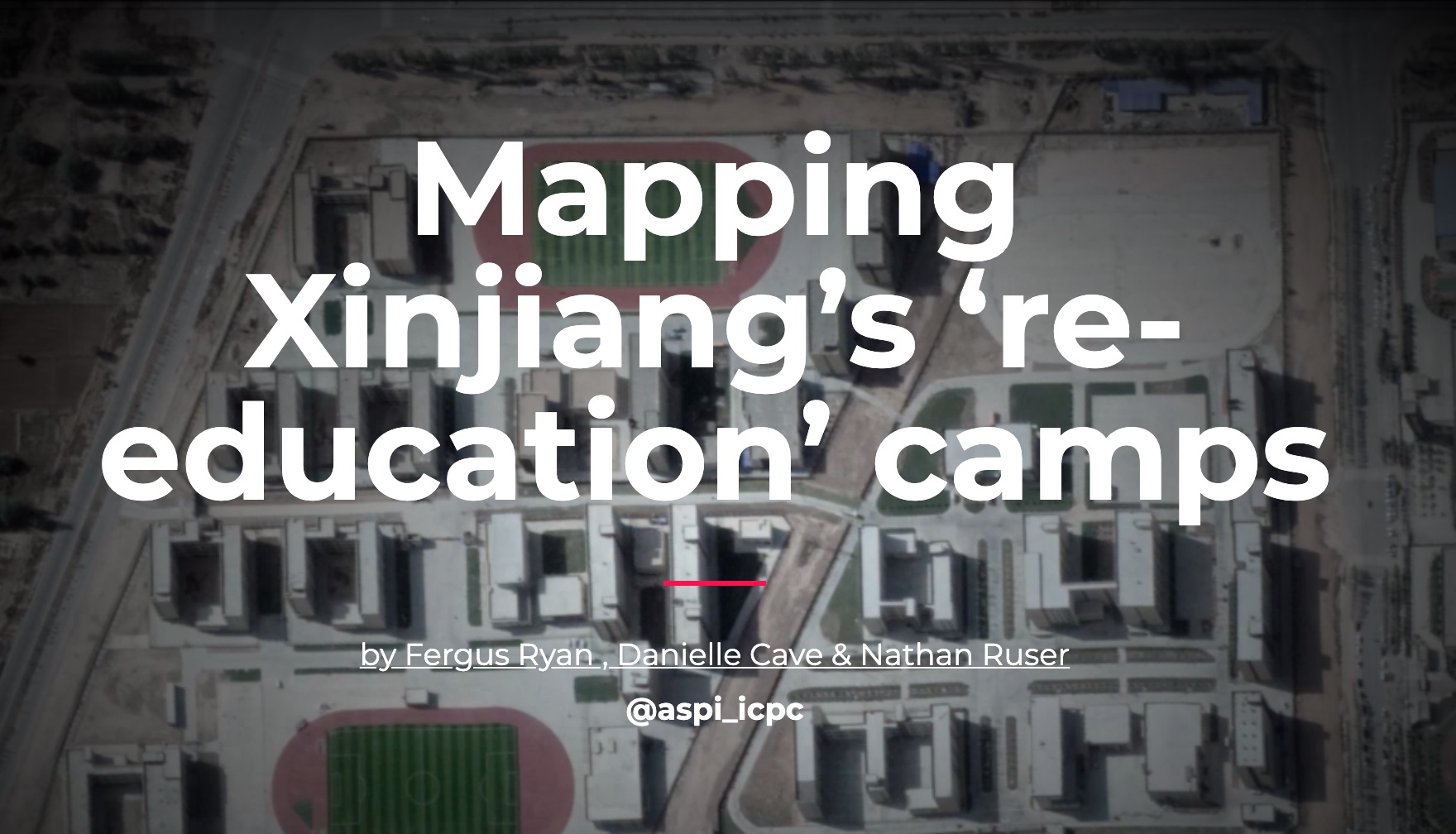 |
Australian Strategic Policy Institute, November 2018Mapping Xinjiang’s ‘re-education’ campsThis report published by the Australian Strategic Policy Institute (ASPI) highlights the systematic forced labour, surveillance, and re-education camps in Xinjiang and beyond. |
 |
Human Rights Watch, September 2018“Eradicating Ideological Viruses” China’s Campaign of Repression Against Xinjiang’s MuslimsThis report presents evidence of mass arbitrary detention, torture, and mistreatment of Turkic Muslims in Xinjiang. |
 |
Uyghur Human Rights Project, 2018The Mass Internment of UyghursThe report also gives a detailed account of the camps in the region from both primary and secondary sources. |
 |
US Department of State, 2018International Religious Freedom Report 2018This report from the State Department describes the severity of reported religious freedom violations specific to Xinjiang. |